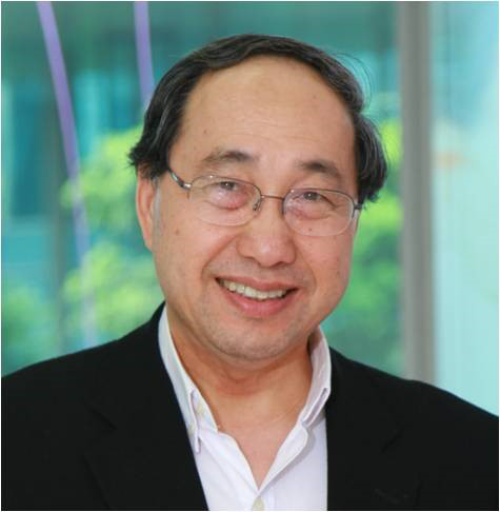
You are internationally recognised in the field of dermatology – can you tell us a little bit about your background?
I have been interested in medicine since school days. After graduation from medical school of the National University of Singapore, I was looking for a specialty that allows me to observe diseases visually and enable me to perform minor surgical procedures. Dermatology fits into my interests and here I am in Dermatology. I have been Clinical Professor at the National Skin Centre of Singapore since it opened its door in 1989 and I was its Medical Director from 1990 to 2004. The Centre's objectives are to concentrate specialists in dermatology into one institution, facilitate subspecialisation and be the national focus for the treatment, research and training on all aspects of skin diseases in Singapore.
Who has inspired you in your career and why?
Nobody encouraged me to do dermatology. It was my choice and dermatology became my passion. Actually, to be honest with you, it is one of the medical specialties you can work in with little stress, as you rarely have emergency cases, unlike in surgery or cardiology, for example. In this sense you can allocate your time differently with the patient. My philosophy is that you must make yourself useful to society. If you can say at retirement, “I have accomplished this, this and that”, then you can say you have not lived a life in vain.
Professor Goh Chee Leok.
What do you think have been the most exciting developments in dermatology in recent years?
Understanding the molecular basis of skin diseases, development of therapy and devices that help correct effects of skin diseases. Biologics, lasers and dermoscopes have allowed key progression in our field.
As a clinician well known for presenting at international meetings, do you see this as a vital part of your work?
Yes. Every aspect of it! It is very challenging and rewarding for several reasons. First of all, this is about knowledge transmission. I also share experience with my peers and we learn from each other on how to manage skin diseases effectively with fewer complications and side effects for the patients.
As Chairman of the Scientific Committee at Asia Derma (taking place in Singapore this December) can you tell us a bit about what the conference will be focusing on?
The scientific program will focus on most aspects of medical and aesthetic dermatology. We have included topics on most subspecialties of dermatology. We have something for every delegate. As an Asian conference, more focus will be directed on dermatological disorders seen in Asian countries and their responses to treatments. As you know, men and women in Asia experience certain skin conditions due to their skin’s adaptation to the climate and the pigment composition of their skin. Thus, among the specific conditions we will highlight during the symposia you will find hypo and hyperpigmentation disorders. In contrast, rhytids from photo-ageing is not prevalent because Asian people in general do not like excessive sun. Our team of dermatologists from all over the world helped me to organise a comprehensive and relevant scientific programme.
Asia Derma is a new conference – do you feel it is bringing something different to the profession?
Yes, we are getting dermatologists from the West and East to share experiences with each other. There will be a diversity of delegates who can learn from each other. We live in a globalised world and dermatologists should be able to learn disease manifestations among different racial groups and from different regions of the world. We are expecting more dermatologists from all over Asia to be part of the conference.




